Would You Dare to Try These 10 Weird Czech Foods?
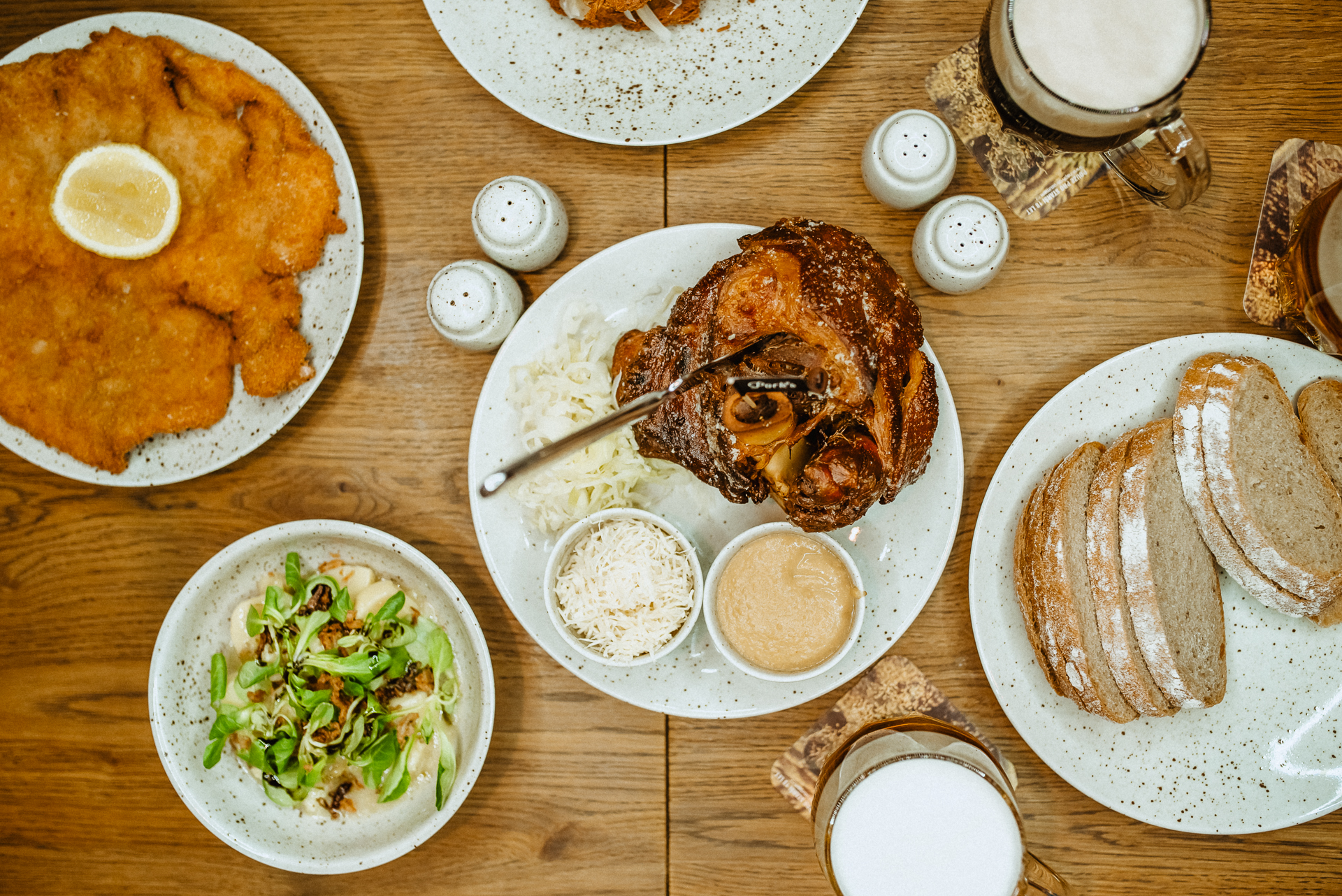
When it comes to food, the Czech Republic always scores high – from the classic meat and dumpling dishes to the all-popular fried cheese and the scrumptious pastries that melt in your mouth, it is a true foodie paradise. However, like in every rich cuisine, some very weird foods lurk from the back of the cookbook. Whether you’re interested in trying them out, or you just want to know what not to order, here are 10 weird Czech foods that you should definitely know about.
1. Utopenec
People here say that a pub is not truly Czech if it doesn’t serve utopenci. Utopenec (pl. ‘utopenci’) literally means drowned men. The ‘men’ are thick bratwursts ‘drowned’ in sweet-sour vinegar marinade with onion, peppers and bay leaf. They are usually served with sourdough bread. Mr Šamánek, who was a pub owner and a miller, is believed to be the inventor of this strange delicacy some 100 years ago. He used to serve them in his pub and people flocked to try them. They jokingly called the floating sausages ‘drowned men’, but when Mr Šamánek drowned himself, the name stuck with them forever. They might be a Czech favourite, but for many visitors, there is something weird in pickled sausages…it seems that the Czechs tend to pickle everything. If you are curious, give them a try, they are a truly Czech experience.
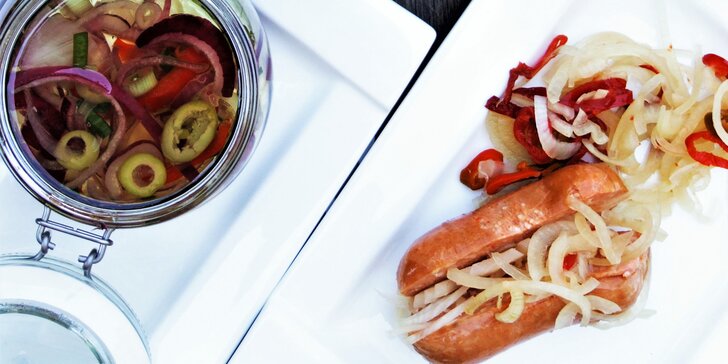
2. Olomoucké tvarůžky
If you don’t like strong cheese odours stay at a safe distance from this one. Olomoucké tvarůžky literally means ‘little wheels of cheese from Olomouc’. They come from Loštice, a little village in Moravia, near the city of Olomouc. It is a ripened soft cheese with an extremely pungent taste. It is basically one of those foods that divide people, you either love it or hate it, there’s no in-between. For those of you who are brave, but maybe not brave enough for this smelly experience, there are some easier options: breaded and deep-fried, or… yeah, you guessed it, pickled. If you are into pungent cheese, you can even get it as a dessert. There is a sweet shop in the village of Loštice that has a whole variety of ice-creams based on the cheese. Bon appetit!
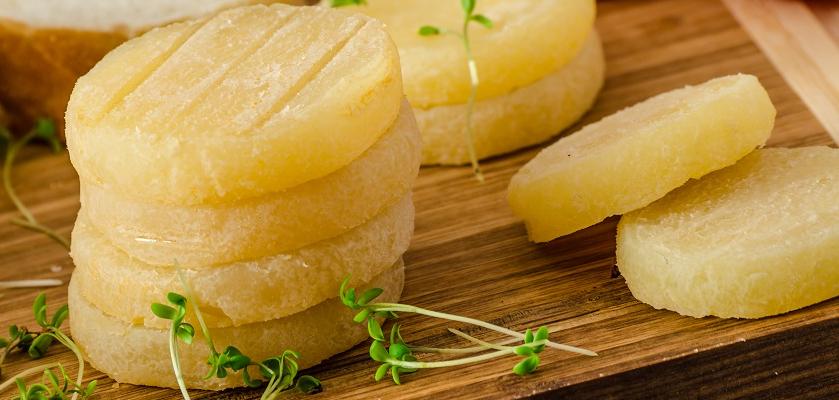
3. Prdelačka
Blood soup or prdelačka is a very traditional affair here. It is made of pork blood during the zabijačka (pig slaughter season). The zabijačka events are a big thing here and restaurants often have special menus with fresh meat. Czechs try to use every part of the animal, so the recipes tend to be very creative. The blood is, of course, cooked, and onions and potatoes are added, but still, it’s too much for some people. If you are curious, try ordering it during the winter months, it’s when the pig slaughter season is and the blood is the freshest.
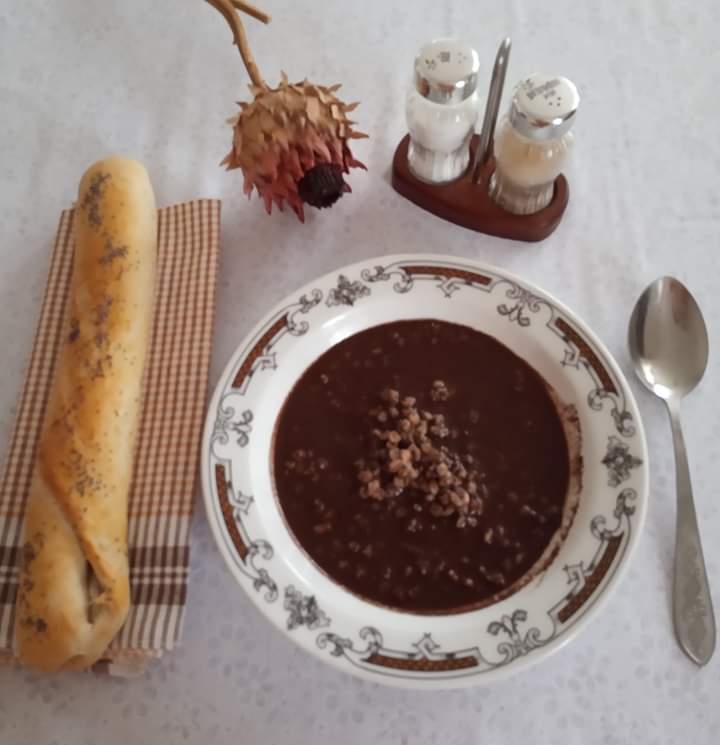
4. Tlačenka
Tlačenka is yet another weird food connected to the pig slaughter season, but it is so popular that is eaten all year round. It is basically a variety of head cheese. So, it’s a jelly made of the pig’s head and fat. The heart, feet and tongue of the animal are sometimes included too. All of this is set in aspic or bonded with brawn. Czechs also like to add spices and sometimes also blood, for good measure. The jelly texture tends to drive some people away, but others can’t live without it. You can get it in most Czech pubs, so if you are into head cheese, give it a go.
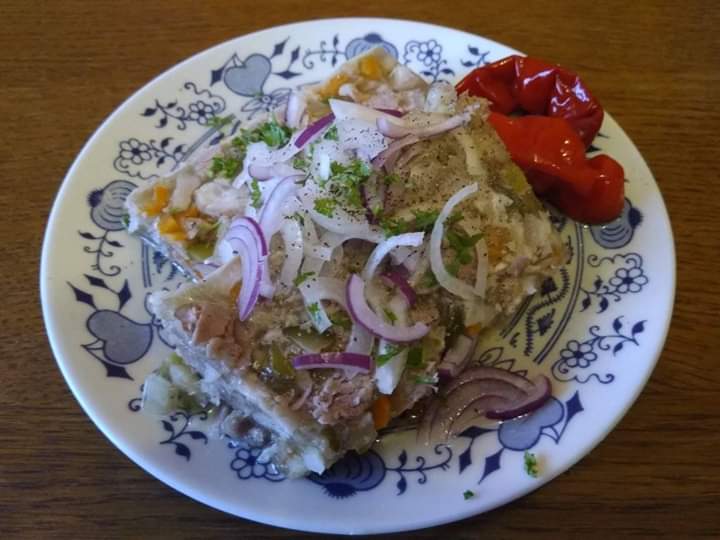
5. Vepřové nožičky
When it comes to pigs, Czechs don’t like to waste food. So, this is an honourable mention for vepřové nožičky or pork legs. The Czechs really use up everything from the pig, and this is proof of that. We usually eat them roasted (can be also roasted with beer, yummy!). For some, they are a crunchy and delicious treat, for others, an abomination.
6. Dršťková polévka
This is the Czech variant of tripe soup. It comes heavily spiced with paprika, garlic and onion, which gives it a somewhat goulash-like taste. Some avoid it because of its strong distinctive flavour (I do too!), yet others adore it. I guess you have to try it to see where you stand!
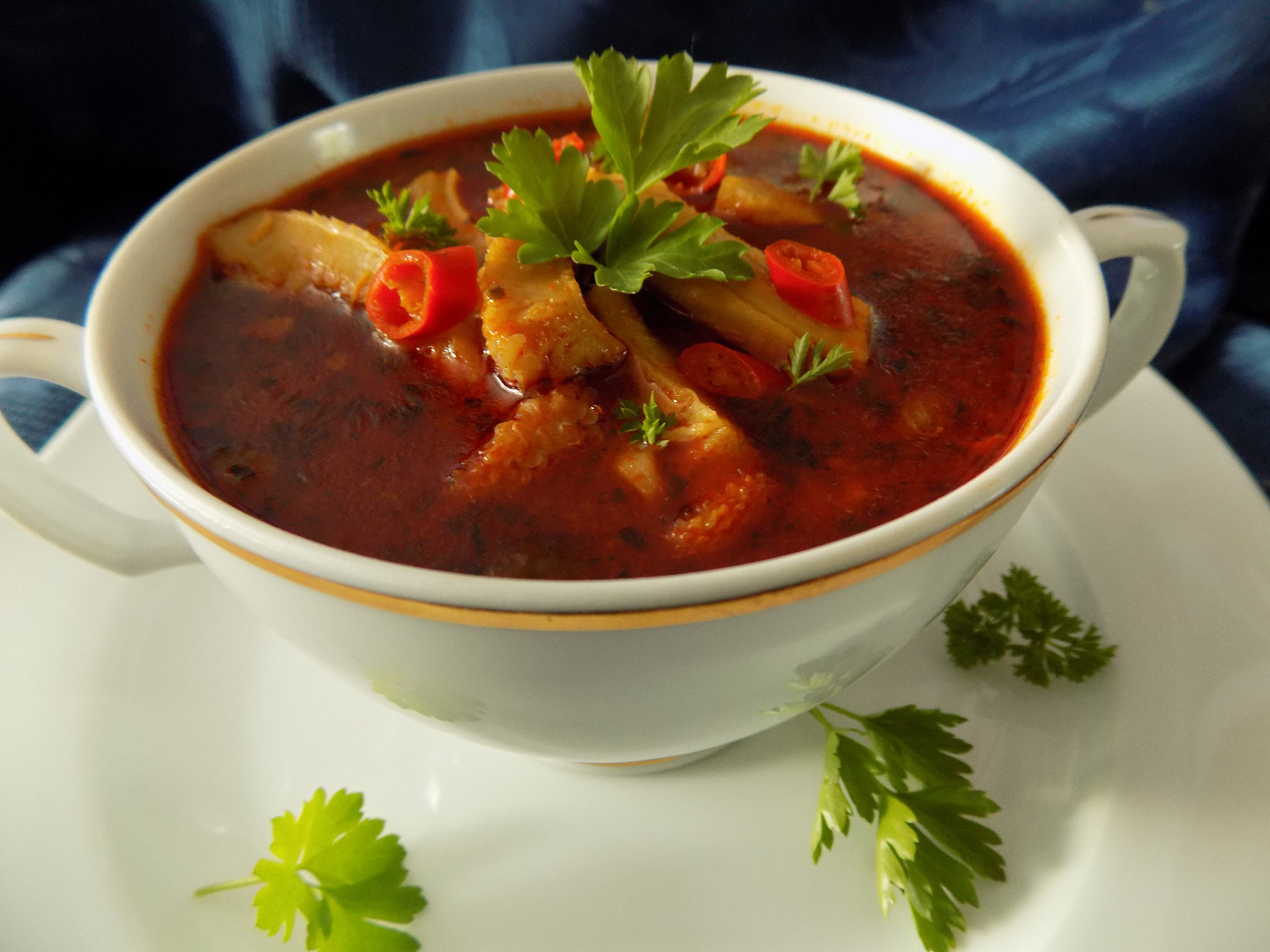
7. Vepřový mozeček s vajíčkem
The Czech love for open-faced sandwiches and spreads is well known, but in this case, they get an upgrade you’ve never seen before. Try frying eggs with a pig’s brain and you’ll get a delicacy to die for.
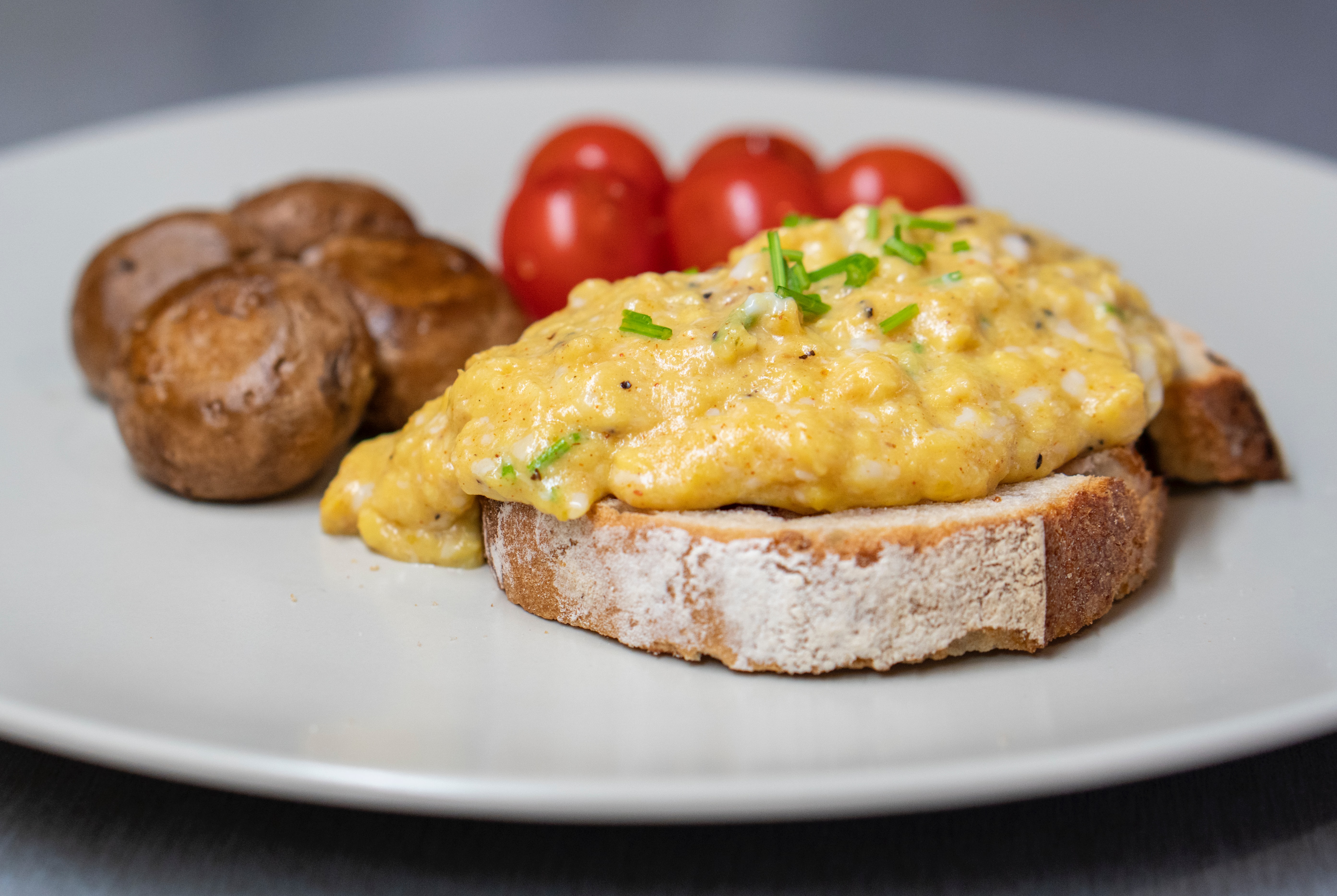
8. Býčí koule
You might know Byci koule as Rocky Mountain oysters in America, here they are ‘býčí koule’, but whatever they are called, one thing remains the same: they are bull testicles. We mostly love eating them deep-fried, but you can also find them in some pepper stews with dumplings on the side. In any case, they are yummy! (Or are they?)
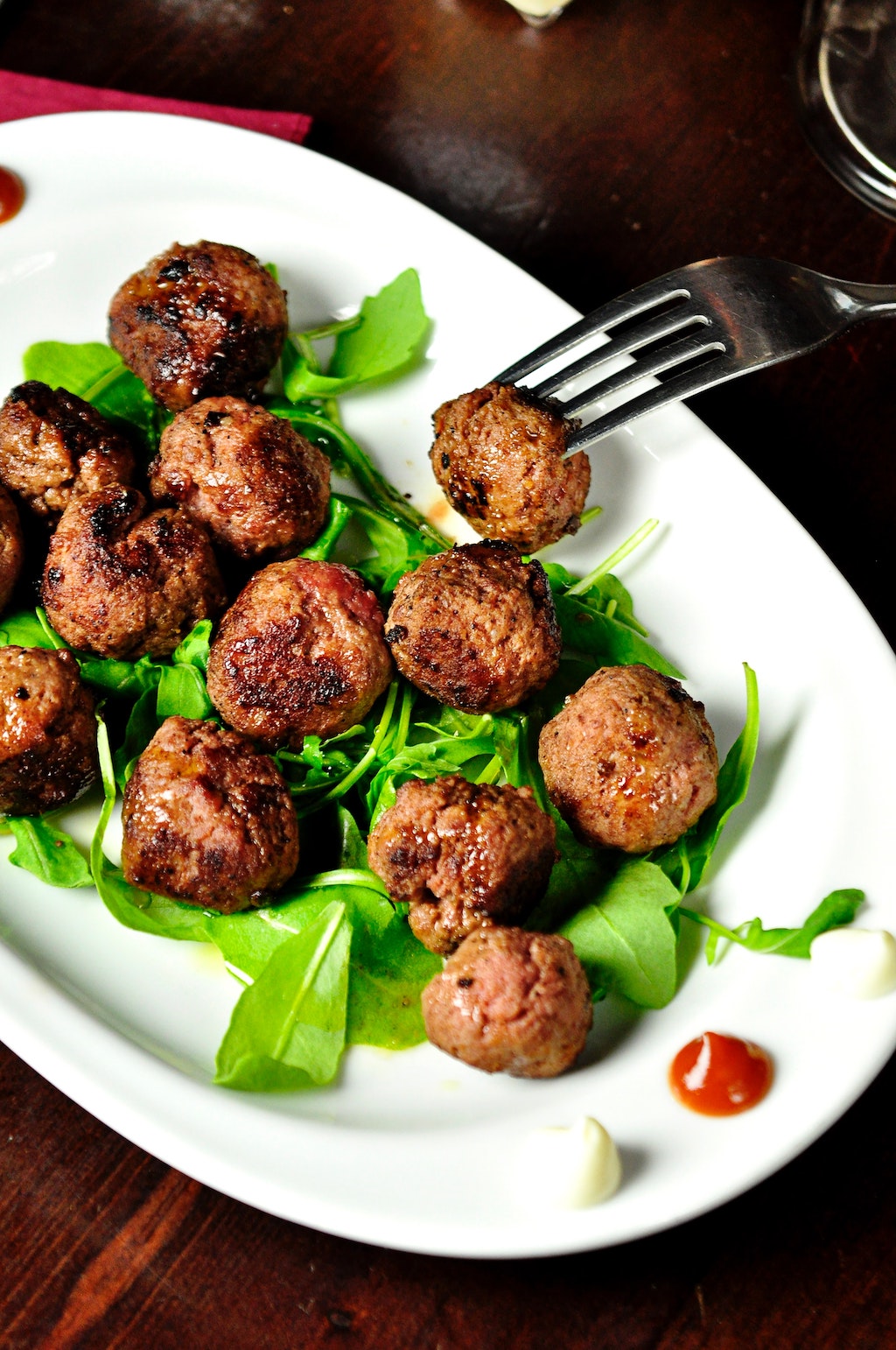
9. Pasta with poppy seeds and sugar
We also have some weird desserts that are worth sharing. I must warn you though: any Italian (or Italian food lover) reading this might get an instant heart attack. And…yes, you read it right, we love our pasta sweet, sprinkled with poppy seed, sugar and a scrumptious knob of melted butter on top.
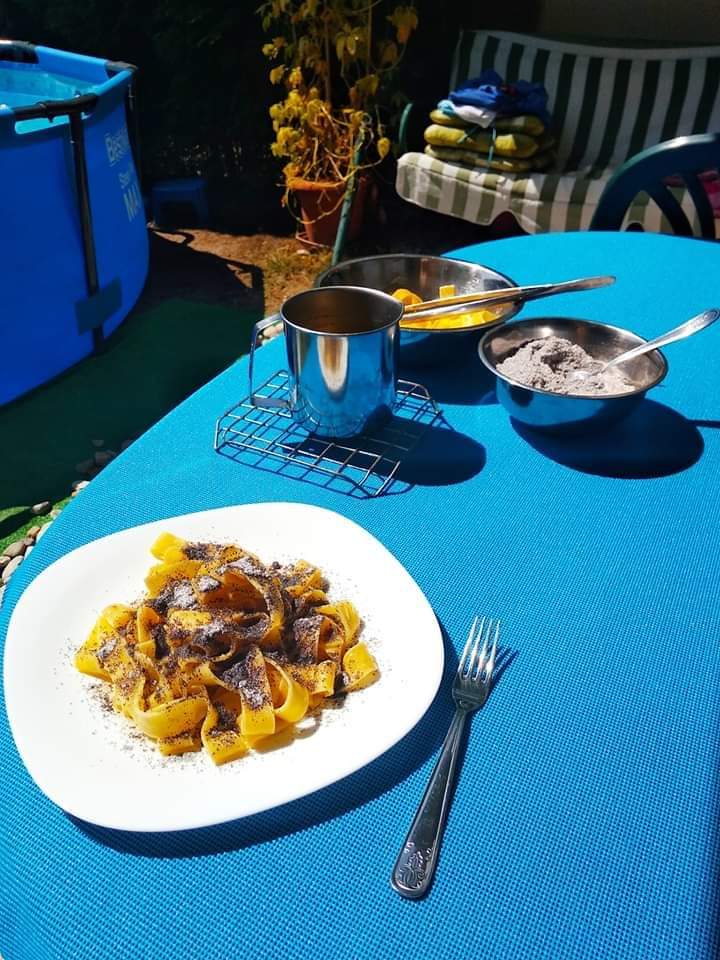
10. Žemlovka
Žemlovka is a Czech classic that rose out of necessity. Our grannies couldn’t afford to throw away old bread, so they came up with this. Basically, it is a sweet bread pudding made of apples or pears, and old bread rolls soaked in milk. It is a Strudel on a budget, let’s say. It was a canteen staple during my childhood and its smell brings back so many nice memories. This one might sound too simple and too weird, but it’s definitely worth trying.
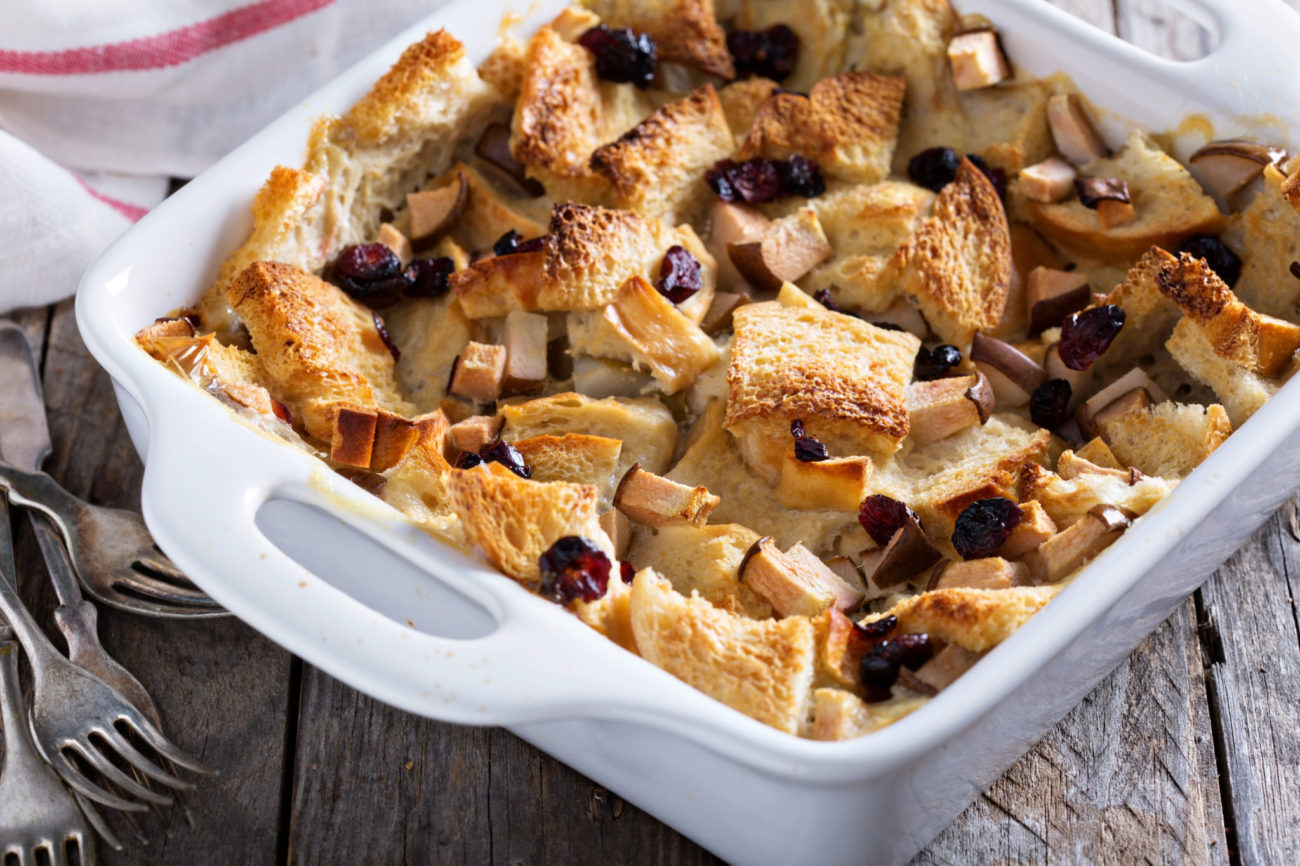
Bonus: Rakvičky
This pastry is also very simple, a hollow biscotti with a serving of whipped cream on top. Don’t be fooled by the simple recipe though, rakvičky have an incredibly rich flavour. They are very traditional too, so you will find them in every Czech pastry shop. Now, if you do try them, you can say to your friends and family that you ate little coffins in Prague. Yes, you heard it right, that’s what the name literally means. They are called little coffins because their shape resembles coffins. We Czechs have an interesting sense of humour, don’t we? To get the best rakvičky, try Ekhart Cafe or head to one of the several locations of IF cafe.
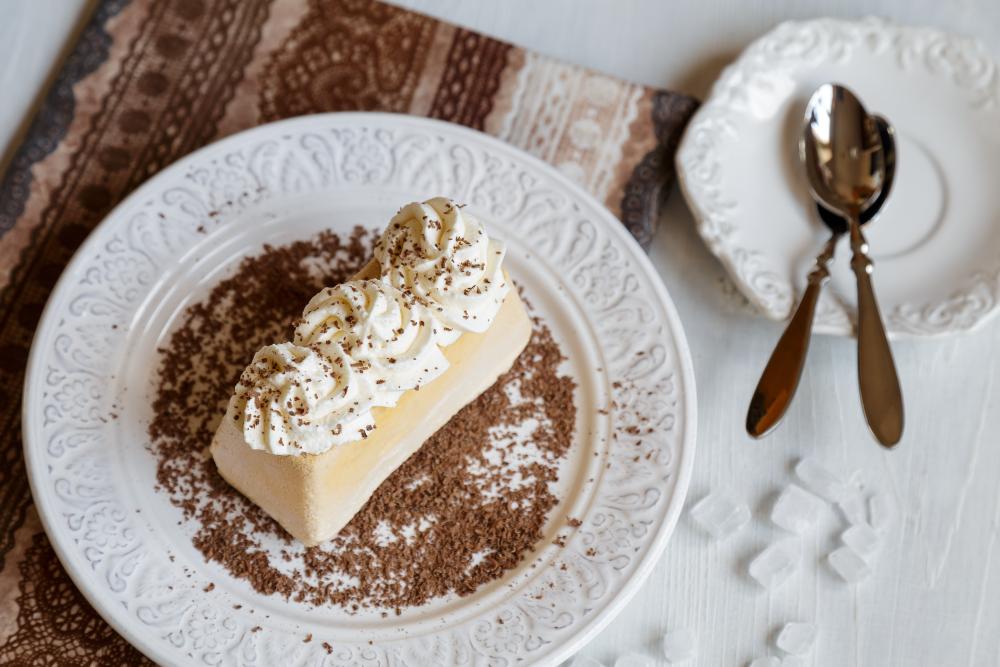
As you can see, each food hides a story behind it. If you want to find out more, check out our food and beer tours. On any of the tours, our guides will be happy to share with you more details and recommendations for restaurants.
July 15, 2021

